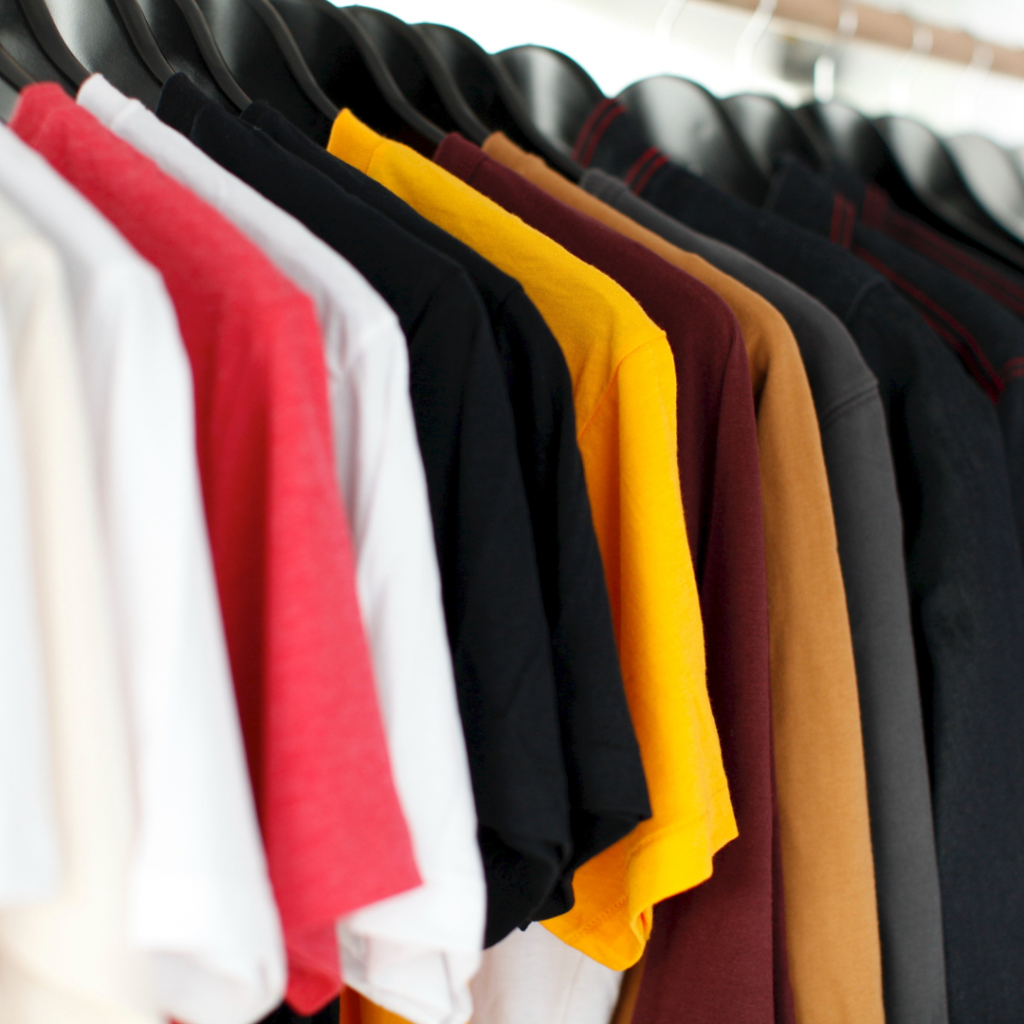
When it comes to bringing your designs to life on various surfaces, we have two printing processes; screen printing and digital printing. Both are comparable in quality, however, there are some key differences. Both methods have their pros and cons, and understanding their differences can help you make an informed choice based on your project requirements. In this blog post, we’ll explore the characteristics of digital printing and screen printing, helping you determine which method suits your needs best.
Technology and Process
Digital Printing:
Utilizes digital files for direct printing onto the substrate.
Inkjet and laser printing are common digital printing methods.
Ideal for short to medium print runs with high color accuracy.
Screen Printing:
Involves creating a stencil (screen) for each color and using a squeegee to push ink through the screen onto the substrate.
Suitable for both short and long print runs, especially in fabric and apparel printing.
Color Accuracy and Complexity
Digital Printing:
Offers high color accuracy and is suitable for intricate designs with many colors.
Well-suited for detailed images and photographs.
Screen Printing:
Can achieve vibrant colors but may have limitations in reproducing detailed and complex color gradients.
Limited color options based on the number of screens used.
Setup Costs and Turnaround Time
Digital Printing:
Generally has lower setup costs because it doesn’t require the creation of screens.
Well-suited for small or custom orders with faster turnaround times.
Screen Printing:
Involves higher setup costs due to the need to create screens for each color.
More cost-effective for large production runs but may have longer setup times.
Print Quality and Durability
Digital Printing:
Provides high-resolution and sharp prints, especially for smaller quantities.
Durability may vary based on the type of ink used.
Screen Printing:
Offers good print quality and excellent durability, especially on fabrics.
Ideal for bold and solid designs, making it suitable for items like T-shirts that undergo regular washing and wear.
Material Compatibility
Digital Printing:
Suitable for a wide range of materials, including different types of fabric, paper, and more.
Screen Printing:
Traditionally used for fabrics, it can also be applied to paper, metal, glass, and other surfaces.
Choosing between digital printing and screen printing depends on the specific needs of your t-shirt. Digital printing might be the best option if you’re looking for a fast turnaround time, excellent color fidelity, and compatibility for small orders. However, screen printing can be a better option if you’re working with a huge production run, bold graphics, and the requirement for durability on materials. To make sure your order satisfies your needs and expectations, thoroughly weigh the advantages and disadvantages of each method.
Look through our selection of customizable t-shirts and create your own design. Let your imagination run wild and begin customizing right now!
Leave a Reply